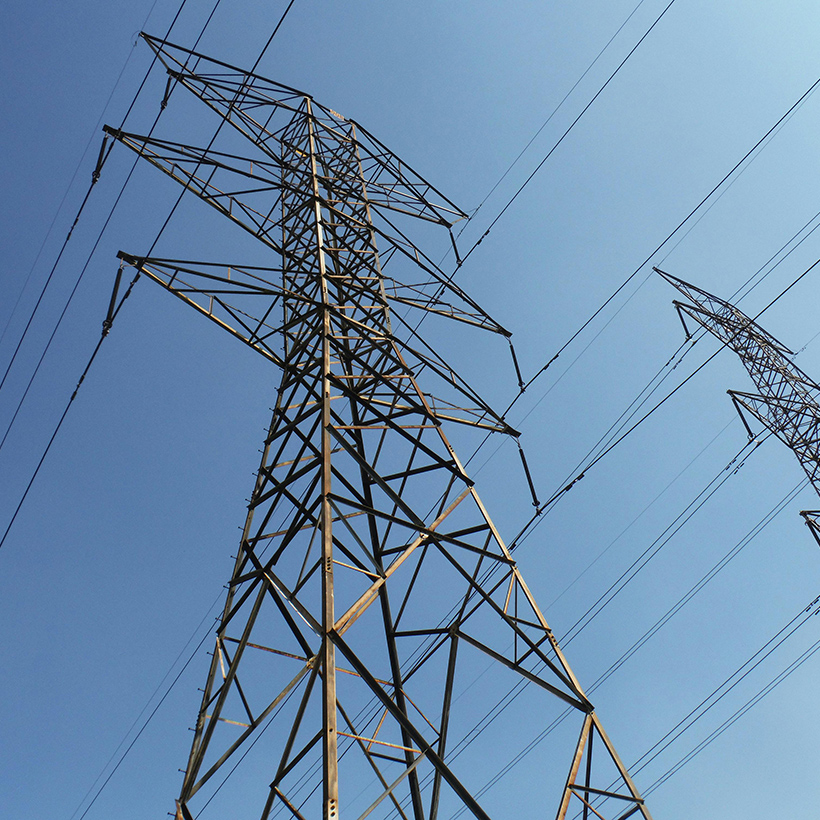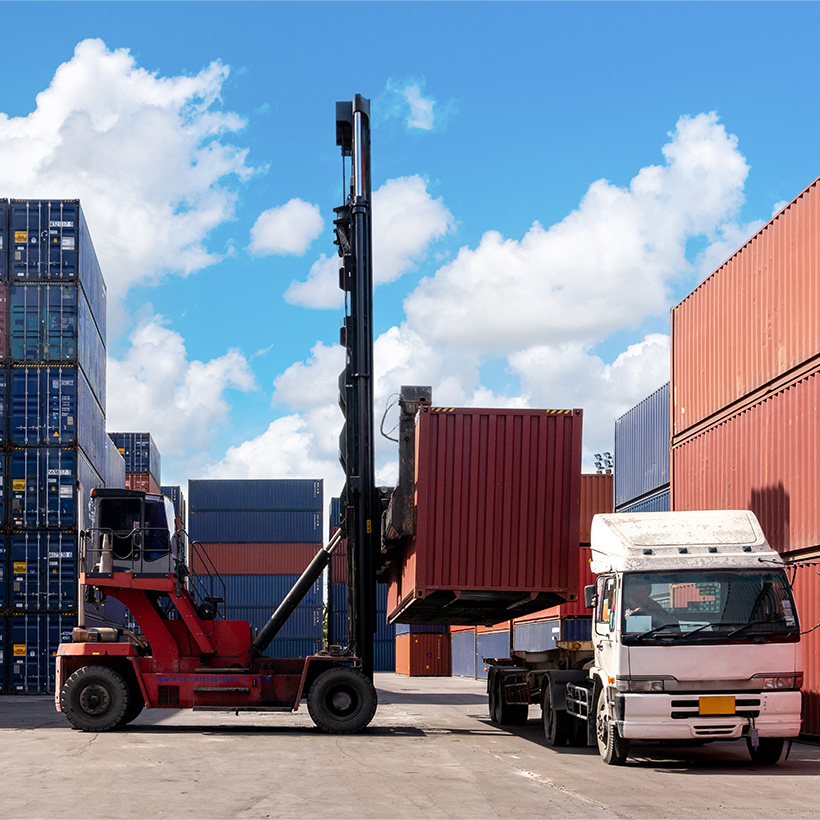Environmental, Social & Governance


In recent years, the focus on Carbon emissions reporting has intensified, with businesses worldwide recognizing its significance in achieving sustainability goals. As businesses and governments strive to reduce their carbon footprints, understanding greenhouse gas (GHG) emissions is crucial.
The Greenhouse Gas Protocol categorises emissions into three scopes—Scope 1, Scope 2, and Scope 3—each representing different sources of emissions in a company's value chain.

Scope 1 emissions come directly from a company's owned or controlled sources. These include emissions from on-site fuel combustion (e.g., natural gas for heating), company-owned vehicles, and industrial processes. Since these emissions are under direct control, businesses can reduce them by improving energy efficiency, transitioning to renewable energy, or using cleaner fuels.

Scope 2 emissions result from the generation of electricity, steam, heating, or cooling that a company purchases and consumes. While the emissions occur off-site at the energy provider’s facilities, they are associated with the company’s energy use. Reducing Scope 2 emissions involves using renewable energy sources, improving energy efficiency, and purchasing carbon offsets or renewable energy credits (RECs).

Scope 3 emissions include all other indirect emissions occurring in a company's value chain, both upstream (e.g., supplier activities, raw material extraction) and downstream (e.g., product use, waste disposal). These emissions often make up the largest portion of a company's carbon footprint. Managing Scope 3 emissions requires collaboration with suppliers, sustainable sourcing, product redesign, and encouraging eco-friendly consumer behavior.
Understanding these emission categories helps organisations identify where to focus their sustainability efforts. Regulatory requirements and stakeholder expectations are pushing businesses to measure, report, and reduce their emissions across all three scopes, ultimately contributing to global climate action goals.
By addressing Scope 1, 2, and 3 emissions, companies can enhance their environmental responsibility, improve efficiency, and gain a competitive edge in the transition to a low-carbon economy.
Scope 3 reporting is here to stay, and businesses that embrace it will be better equipped to navigate regulatory shifts and market demands. By proactively measuring emissions, engaging in sustainable practices, and leveraging carbon accounting tools, suppliers can not only meet compliance requirements but also enhance their reputation and resilience in the marketplace.

For suppliers of home-related products, these developments present both challenges and opportunities:
Expect more buyers to ask for carbon footprint data, making robust emissions tracking essential.
Suppliers with strong sustainability credentials will be preferred partners for retailers and manufacturers.
Identifying and reducing carbon hotspots often leads to improved efficiency and lower operational costs.

.svg)
For expert guidance on carbon accounting and emissions management, contact our Business Support Provider, FutureShift.
Unlock exclusive access to a diverse range of retailers eager to connect with suppliers. Inquire now to discover how our membership can elevate your business.